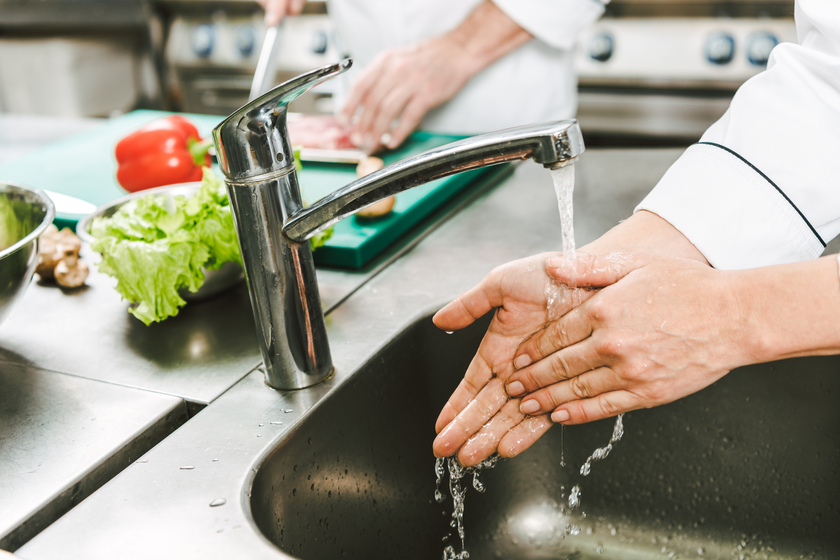A good start for any assisted living facility in Saint James, MD, is to keep your residents healthy and safe. Food hygiene is an important aspect of the lives of both residents and carers in assisted living communities. That’s why a food hygiene checklist is so important!
Cleaning
Cleaning is a vital part of food hygiene. It’s important always to keep your hands clean, especially when preparing food or handling ingredients. You should wash your hands with soap and warm water before starting any cooking activities, after touching raw meat or fish, and during any other activity where there is a risk of cross-contamination.
You should also use separate chopping boards for different types of food; one board for fresh produce, one for cooked meats, and another specifically for raw meat products like fish or poultry (or anything else that bacteria can contaminate).
All surfaces should be cleaned and disinfected regularly.
- Cleaning cloths must be kept separate from raw food materials and other items which could contaminate them.
- Cloths should not be used more than once before being washed or disposed of properly (i.e., put into a laundry basket).
- Food Preparation
- Assisted living communities often have communal kitchens, so these areas must be kept clean and sanitary.
- The kitchen area is the heart of any assisted living community. In order to ensure that it is safe for residents, certain steps must be taken before preparing food and serving it to residents.
- The first thing you should do when starting your shift is wash your hands thoroughly with soap and warm water. This will help reduce the risk of spreading germs from one individual to another through direct contact with their skin or by touching contaminated surfaces in the kitchen area.
- Next, check all pots and pans used for cooking as well as utensils like spoons or spatulas that come into contact with food during preparation; make sure they’re clean before using them again because otherwise bacteria can grow inside these items over time which can lead to illness if consumed by a resident later on down the line!
Food Handling
In the Food Handling section, you’ll find a checklist of items to be reviewed regularly.
- Food storage areas are kept clean and free from pests, including rodents, insects, and birds.
- All foods stored at temperatures above 4C (40F) are identified to prevent cross-contamination with other food items that require refrigeration or freezing for safety reasons (such as raw meat).
- Cooked ready-to-eat foods are kept under temperature control until served; reheating equipment is used only once before being cleaned according to the manufacturer’s instructions; leftovers are discarded after 4 hours at room temperature or within 24 hours if held at refrigeration temperatures.
Water
- Ensure the water is not contaminated with bacteria, viruses, and parasites.
- Make sure that there are no cracks in the pipes or taps, which can allow contamination of the water supply.
- Test samples regularly to ensure they comply with legal standards on microbiological quality and chemical purity.
Balanced Diet
A balanced diet contains all the nutrients your body needs to stay healthy. It’s essential to eat a variety of foods from each of the food groups every day, especially if you have a specific medical condition or are on a special diet. A balanced diet also means eating less salt, sugar, and fat than you currently do.
Conclusion
That’s it! We hope that this article has helped you understand some of the food safety processes that are in place at assisted living communities. It is comforting to know that there are processes that ensure your living area will be safe and clean.







